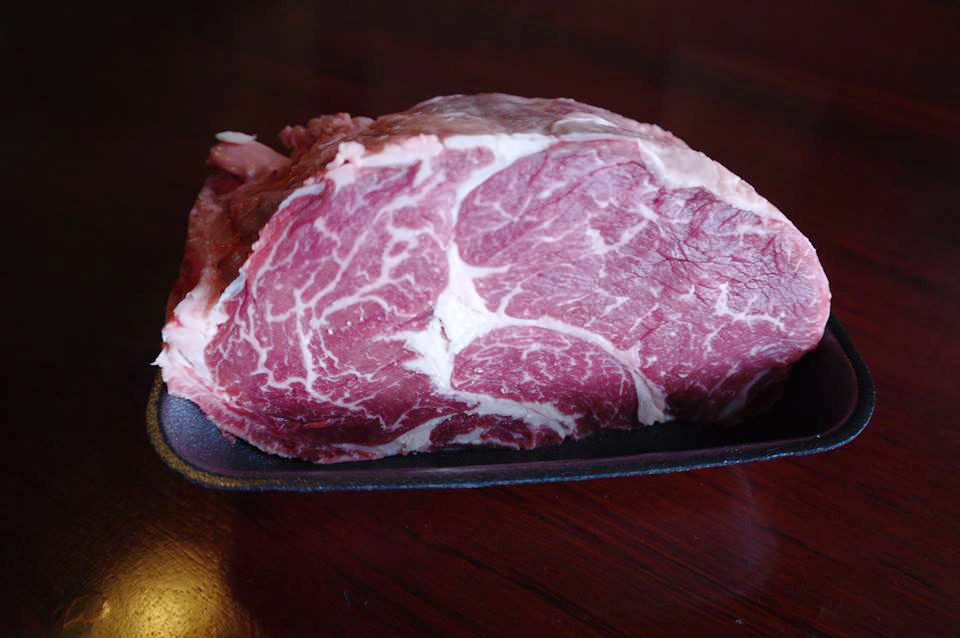The Belted Galloway is currently experiencing an upsurge in popularity and it’s no wonder. One of the most visually distinctive breeds of cattle, its many merits lie not only in its unique appearance and good nature, but also in its hardiness and top quality beef. Originating in the harsh upland climate of the Galloway hills in beautiful south west Scotland, the Beltie is well-equipped to thrive outdoors in any climate. This remarkable animal is slow to mature, which means its beef has a special flavour and texture which is the envy of many other breeds. The cows live far longer than other cattle often well into their twenties, producing more calves and reducing replacement costs.
If you are not already a Beltie breeder, isn’t it time you thought of deriving some pleasure from keeping some of these cattle?
History
No-one is absolutely certain precisely where the ‘Beltie’ originated. The most popular belief is that it resulted from crossing the ancient Galloway with the Dutch Belted cow – the Lakenvelder, in the 17th and 18th centuries when trading links between Britain and the Low countries were at their most lucrative.
The distinct and ancient Galloway cattle were in Scotland long before that and originated in the old counties of Kirkcudbright and Wigtown area of south west Scotland. While black was the favoured colour, they could also appear as brindle, red, dun, white, brocket faced and eventually as white middled or ‘belted.’
The breed’s spectacular appearance coupled with its renowned hardiness proved an impressive combination. It quickly began to flourish in the UK with many notable families taking a long term interest in its development. Miss Flora Stuart of Mochrum (above) famously supported numerous innovations that helped to secure the breed’s status in the Scottish beef industry.
There were four foundation herds; The Boreland herd of Mr. Sproat, near Kirkcudbright; the Lullenden herd of Sir Ian Hamilton; the Mark herd of Mr. Graham which moved to Auchengassel in 1900 and the Mochrum herd then owned by the Marquis of Bute. These four herds together with thirteen others in Scotland plus nine in England formed the Dun and Belted Cattle Breeders’ Association in 1921. This new society quickly established an export market resulting in herds being found in Canada, the United States, Australia, New Zealand, Africa and Europe. Many of the original herds which founded the society are still in existence today. The Belted Galloway is now enjoying more popularity than ever before as well as a world-wide reputation thanks to the interest and dedication of these few initial breeders who nurtured and developed its unique qualities.



